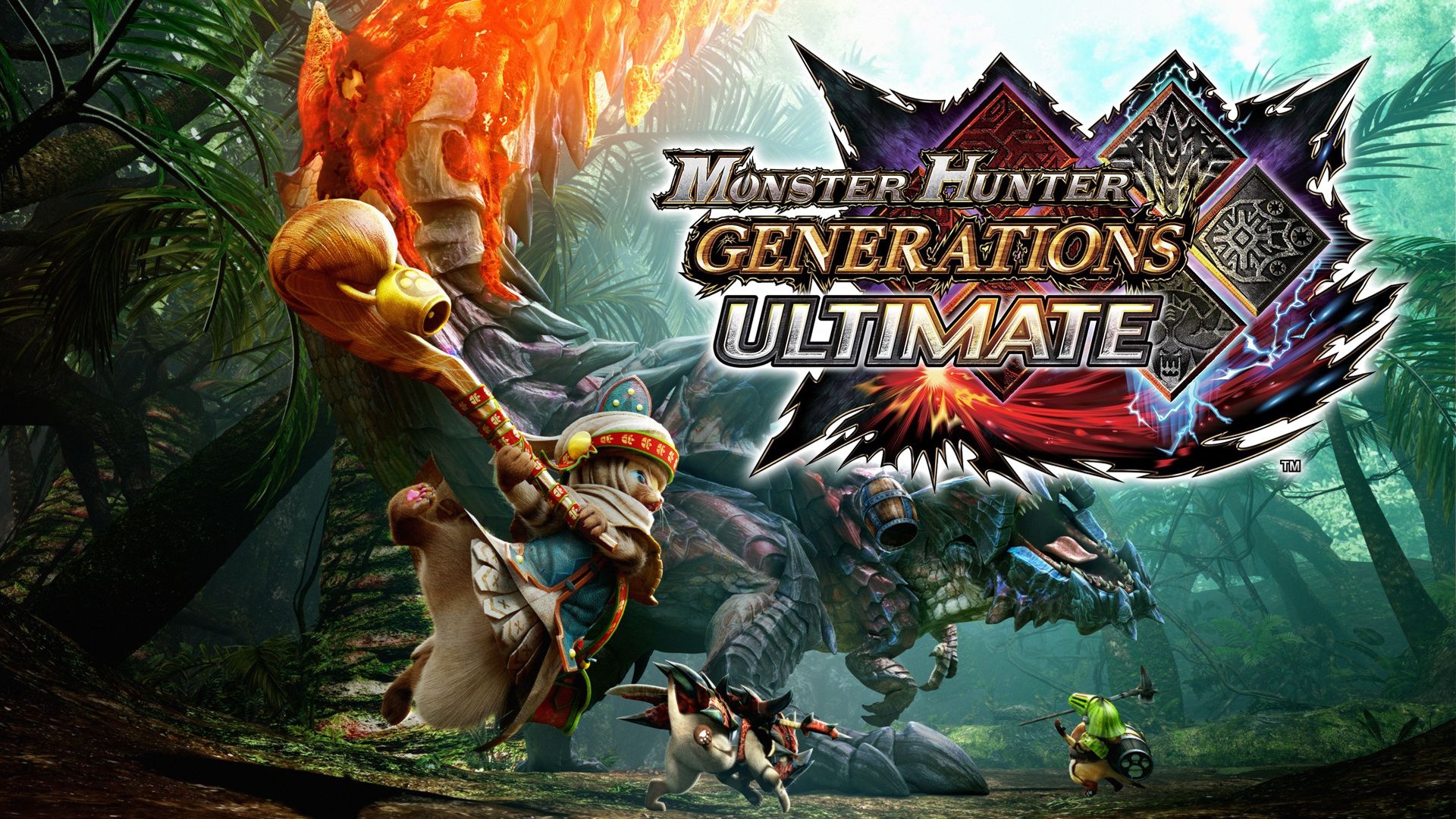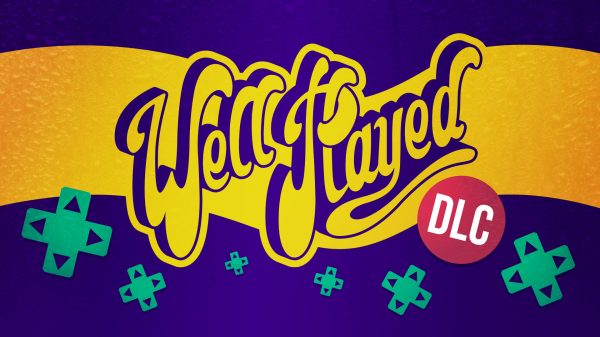Monster Hunter is quickly becoming a staple of my gaming experience. I’m all down for a repetitive but engaging and rewarding gameplay loop. It’s why games like Destiny, Warframe and even Dark Souls grab my attention so much. They walk that fine line of tedium and engagement enough for me to be hooked, especially with some of the more challenging content which breaks the monotony by requiring thought and a methodical approach. Monster Hunter: World is a game that took me by surprise, especially seeing as I was absolutely hating it when I first started due to some questionable design and jarring performance issues. Monster Hunter Generations Ultimate is a different beast all together. It falls victim to even more bad design (but not the performance issues) yet I cannot stop playing it.
Monster Hunter Generations isn’t exactly a new game. The 3DS has had the game on offer since November 28, 2015 and it was well received. The game is full of cats so it’s right up my alley. However, where MHGU differs is that is that it includes G-Rank. G-Rank is a higher level of difficulty/ranking for hunts and also brings with it two new rarities for your gear. The rarity of your gear more or less correlates to how good/effective it is. It also sees the addition of a couple of new hunter styles/arts (basically extra abilities to use in a hunt) and a handful of monsters, bringing the roster of major monsters up to 93, an absurdly large amount. Naturally, since it is on the Switch, you can play on the couch or on-the-go (or on the toilet, realistically).
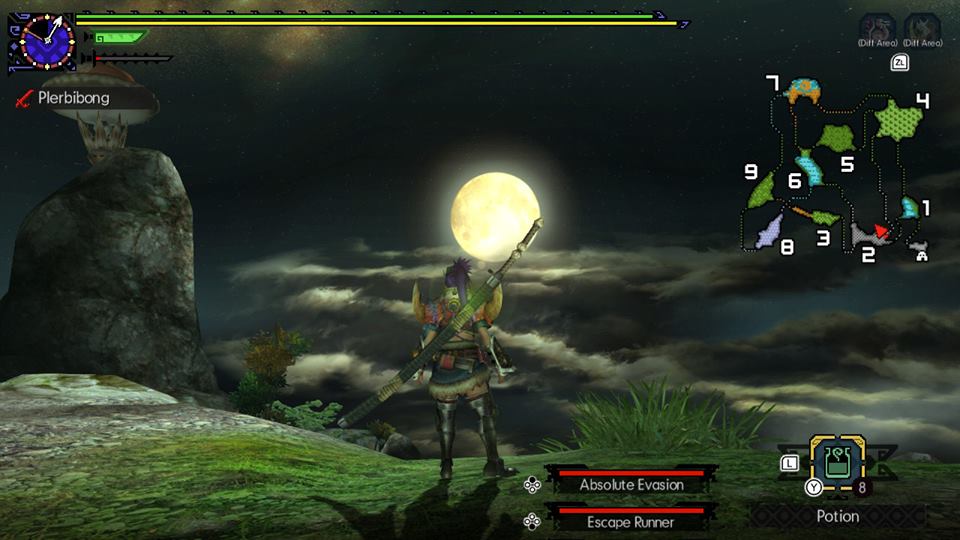
Just like Twilight
Unfortunately, my frustrations with MHGU began almost immediately. After creating my character, I was greeted to Bherna Village, a hub area where most of your resource management will occur and you’ll also launch your quests from there. Not long after being introduced to three characters in the village, I was directed towards the Gathering Hall. This is an area designed with multiplayer in mind. You can choose to enter an online Gathering Hall or play offline, and the game directs you to a character in this area to initiate your first hunt. I noticed something was wrong when after I loaded in I saw four sets of the same items in the item box for items given to you at the beginning of a hunt, but I ignored it. It wasn’t until I started actually hunting the monsters that something seemed really off. The monsters just refused to die. I’d be consistently hitting the bastards and they’d just refuse to go down. It took ages for one to even reach its limping stage (a point which shows that a monster is nearing its demise and can be captured with the right tools), let alone complete the handful of multiplayer hunts which I managed to actually beat solo. It wasn’t until I actually closed the game and picked it back up later that I realised that I had been doing the wrong quests the entire time. Where you are supposed to pick up your quests from is off of an NPC in the village. After discovering this, I noticed that the missions set out for me were entirely different, and not necessarily for the better.
Going from hunts against major monsters designed for four people to hunts against monsters designed for one person, things started to flow. This was especially true once I managed to wade my way through the myriad of tedious collection missions. Naturally, this was quite boring. A lot of games struggle to start on a good note but it really feels like MHGU didn’t even attempt to start on a good note. Barring the boring collection missions (because I really love picking up ten mushrooms and putting them in an item box) the flow of MHGU is fairly organic. You have four villages which give you quests that pertain to specific areas. You can launch these missions from anywhere but to initially pick them up you have to go to the area’s respective village. This design really helps stops the monsters and areas feeling homogenised as each area (which can have its own monsters) feels completely unique thanks to differing villages. However, as you come back to these hunts later on that uniqueness is lost as you can launch the quests anywhere, but that’s neither here nor there.
For a game released on the 3DS in 2015, MHGU has some beautiful visuals. While the raw fidelity of the game’s graphics aren’t even comparable to MHW, Capcom have shown that a solid art style trumps raw horsepower. This also allows for the game to run at a stable 30 frames per second, the only time I would have frame issues was after leaving my Switch on sleep mode for an extended period, and it never lasted for long. A personal highlight for me was the monster named Mizustune. Its visual design (as well as the design of its moveset, barring its rage mode) is one of the most beautiful monsters that I have ever seen in a game. I’m wholly convinced it needs to make its way to MHW, but that’s besides the point. I was very impressed with how pretty the game was, especially the Misty Peaks with its gorgeous flora and waterfalls.
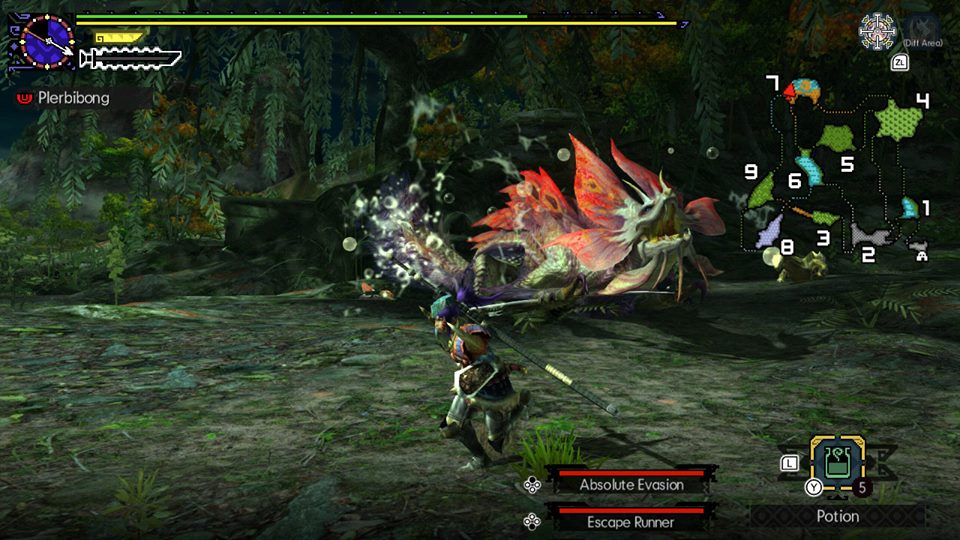
A bubble dragon for all your bubble needs
In saying all of this, Monster Hunter’s core gameplay loop is definitely intact. It’s not as refined as it is in World (for better or for worse depending on who you ask), but the main ideas are still there. You still get that gratification of grinding for gear that you want and literally being able to wear your successes. There are a few little things that really frustrate me, like standing dead still when using any item, ever. So, it’s very easy to have your healing completely negated, especially when your character does this really pointless animation once you have finished consuming your item where your character basically flexes, because reasons (yes I’m aware that you can get the speed eating perk to minimise this). Not to mention the fact that the level structure features areas split up into multiple, smaller zones, and given that each zone is separated by a loading screen, it’s entirely possible for monsters to smack you into one of these loading screens. Not something that’s particularly awesome in the heat of the hunt.
As you play through MHGU, general size of the monsters you come up against increases. As someone who used a longsword, the size of the monsters became increasingly annoying because the camera has a tendency to just automatically lodge itself right beside a monster and if it is large it will just completely occupy the screen. Obviously the more you get used to the camera the more you are able to alleviate this issue, but the camera is still fairly bad with larger monsters.
Final Thoughts
If I were to say that Monster Hunter: Generations Ultimate wasn’t enjoyable I would be doing it a great disservice. It has a huge monster roster to offer with an engaging and addictive gameplay loop that is extremely gratifying. Unfortunately, it is a relic of a bygone era in terms of game design and communication. If you are willing to look past all the design flaws like its miscommunication, monotonous early game, bad camera, item usage that makes you a sitting duck and a level structure that makes it very easy to get constantly knocked in and out of loading zones, then you are going to find one of the best experiences available on the Nintendo Switch. However, for most people that are either newcomers or are coming from MHW, I can’t really envision it being as much of a compelling experience unless you really crave a Monster Hunter experience on the go.
Reviewed on Nintendo Switch | Review code supplied by publisher
Click here for more information on DYEGB’s review policy and ethics
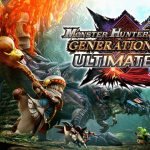
- Capcom
- Capcom
- Switch
- August 28, 2018



Jordan lives and breathes Dark Souls, even though his favourite game is Bloodborne. He takes pride in bashing his face on walls and praising the sun. Hailing from the land of tacos, he is the token minority for WellPlayed.





